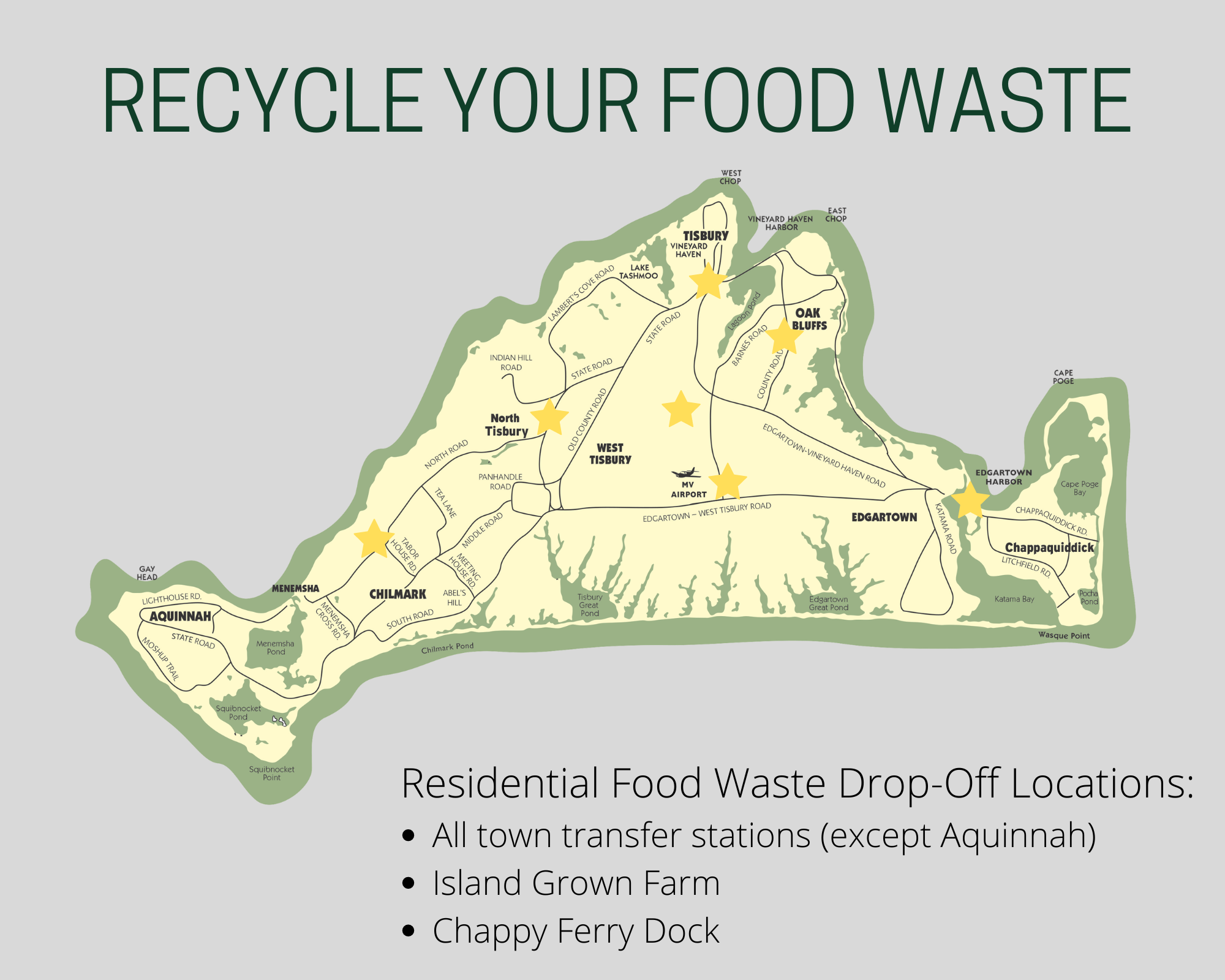OBJECTIVE
Students will figure out where to search for bugs, and will observe some of the bugs that live in the garden. If you do this lesson towards the end of a series on bugs (in our toolkit, we lump worm painting, worm stories, pollinators in the garden, and building a worm bin into a “Bug Unit”), students will hopefully be able to apply terms such as “pollinator” and “decomposer”
ESSENTIAL QUESTIONS
Which bugs live in our garden?
MATERIALS NEEDED
Large Tupperware container for collecting bugs Plate for displaying bugs
Magnifying glasses
(Optional: Bug identification sheet)
PROCEDURE
Introduction
Tell students that we will be going on a scavenger hunt and ask students to explain what this is. The treasure we will be searching for is BUGS in the garden. Discuss where they might find the bugs (on the ground, under the soil, under rocks, flying around), and ask what types of bugs they might find. Show them the container for putting bugs into, and demonstrate how to safely handle a bug.
Activity
Let students explore the garden to look for different bugs. Have them collect specimens and put into a communal container.
Be available to turn over large rocks, move heavy planters and fill them in on the name of a specific bug they might be curious about. Otherwise, let them take this time to independently engage with the space and project.
Wrap Up/ Assessment
Sit down in a circle with the bug specimens. Hand out magnifying glasses for children to inspect what they have found.
Take the bugs out one at a time and put onto the plate. For example, take out some of the roly polys, place on the place and pass around the circle. Ask students if they can name the bug and if they know what the bug’s job is in the garden. Ask them for observations of the bugs as they pass them around.
FOLLOW UP & EXTENSIONS
Play bug bingo!
Use bug identification sheet to match with different specimens.








